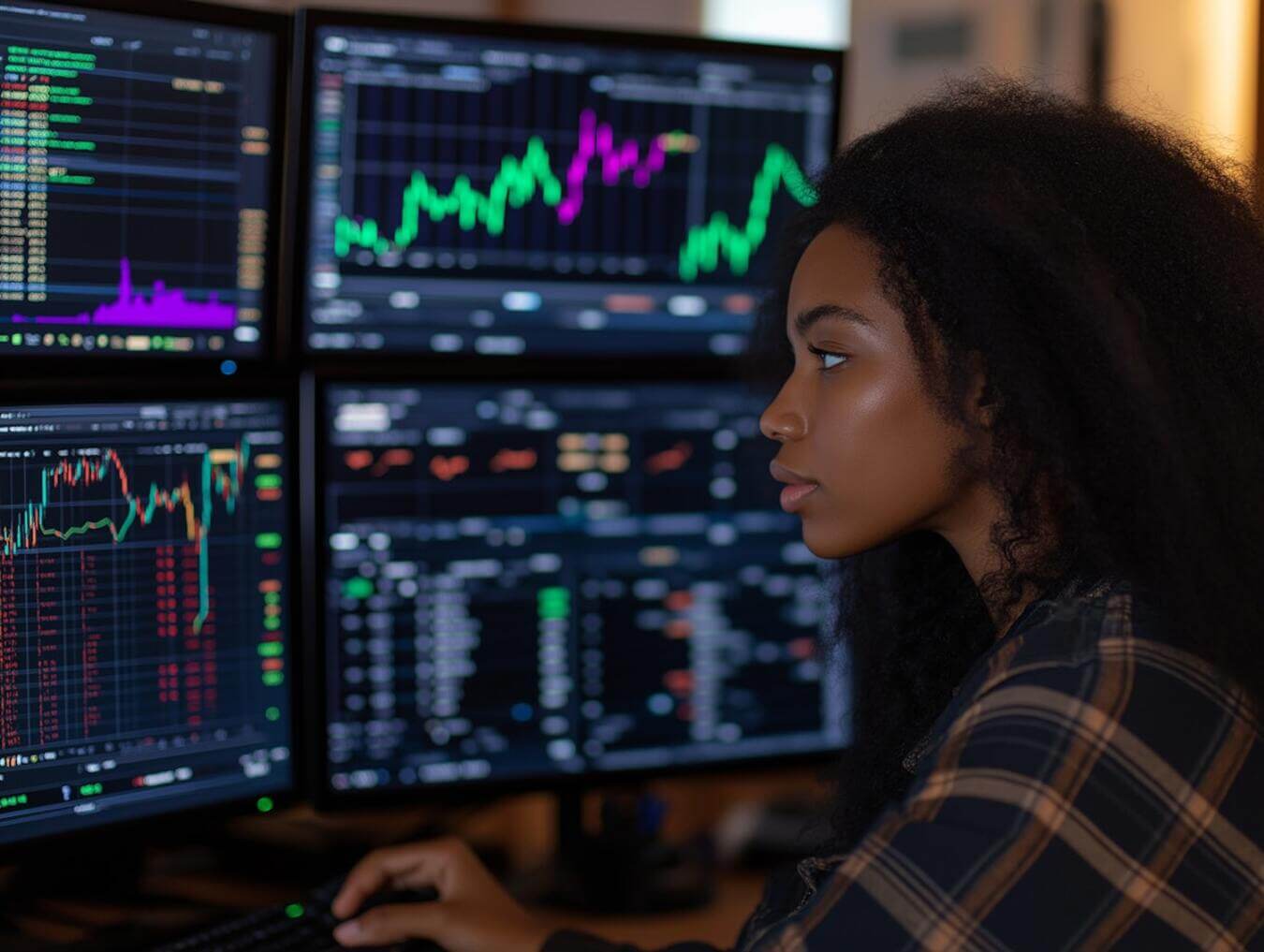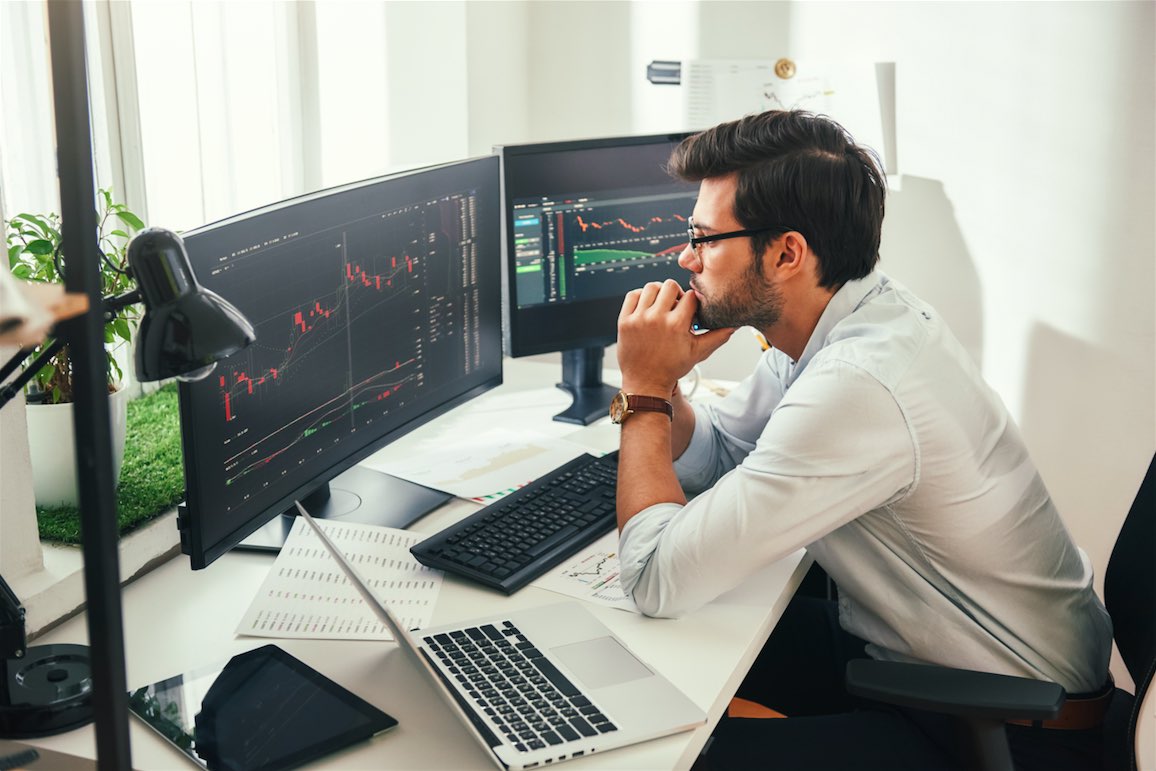Electronic Trading Market Research

Why are firms investing heavily in data analytics and market intelligence specific to electronic trading? The rationale is clear: to harness the potential of rapid execution and global connectivity, firms must understand the intricate web of market dynamics, technological advancements, and regulatory frameworks that shape the electronic trading landscape.
Understanding Electronic Trading Market Research
Electronic trading market research encompasses a thorough analysis of market trends, trading volumes, technological innovations, competitive landscapes, and regulatory changes—all of which directly impact the efficiency and profitability of electronic trading operations. At its core, electronic trading market research provides insights into the digital platforms where securities, including stocks, bonds, and derivatives, are bought and sold.
Why Businesses Need Electronic Trading Market Research
Through electronic trading market research, businesses can gain a deeper understanding of the market, enabling them to adapt swiftly and strategically. Furthermore, electronic trading market research is critical for compliance purposes. With financial regulations becoming increasingly stringent, staying on the right side of the law requires a comprehensive understanding of the regulatory implications for electronic trading practices.
Lastly, the insights derived from electronic trading market research facilitate informed decision-making. However, it has many other benefits for businesses, including:
• Strategic Planning: Electronic trading market research offers invaluable insights that aid in formulating robust strategic plans.
• Competitive Edge: Knowledge about competitors’ tactics, trading volumes, and technological capabilities allows firms to benchmark their performance and strive for superiority.
• Risk Mitigation: With a comprehensive understanding of market volatility and regulatory landscapes, businesses can better assess and mitigate risks associated with electronic trading.
• Innovation and Adaptation: As new technologies emerge and regulations evolve, electronic trading market research guides businesses in innovating and adapting to these changes. Staying current with technological advancements and adapting trading platforms accordingly ensures relevance and resilience in the market.
• Investment Decisions: Firms use electronic trading market research to underpin their investment decisions. Insights into market sentiment, liquidity, and asset valuation enable traders to make informed choices that maximize returns and minimize losses.
Who Uses Electronic Trading Market Research

Many market participants turn to electronic trading market research to inform their decisions and strategies. From financial powerhouses to individual investors, the depth and breadth of this research cater to the needs of various actors within the financial ecosystem.
Firstly, investment banks are prominent users of electronic trading market research. These institutions rely on cutting-edge research to execute trades on behalf of clients and for their accounts, necessitating a granular understanding of market conditions and execution platforms.
Hedge funds and proprietary trading firms also voraciously consume electronic trading market research. Their competitive nature drives their need for real-time data and predictive analytics to identify fleeting market opportunities and execute complex trading strategies. They require an intimate knowledge of market sentiment and liquidity patterns to make split-second decisions that could lead to significant profits or stave off substantial losses.
Asset managers, including pension and mutual funds, utilize electronic trading market research to efficiently manage large portfolios. The insights gained from market research enable these managers to understand the impact of their trades on the market and to navigate the intricacies of electronic trading venues to achieve the best outcomes for their investors.
Moreover, regulatory bodies and compliance officers within trading firms study electronic trading market research to ensure adherence to industry regulations. Understanding the market landscape helps them craft policies that protect investors and maintain market integrity without stifling innovation.
Electronic Trading Market Research Vs Traditional Market Research
Traditional market research often focuses on broader economic indicators, consumer behavior, and long-term trends. It operates on a relatively slower timeline, with data collected through surveys, focus groups, and analysis of historical market data. In contrast, electronic trading market research is characterized by its immediacy and precision. The high-frequency nature of electronic trading requires real-time data analysis and the ability to respond instantaneously to market fluctuations.
Another distinct feature of electronic trading market research is its emphasis on regulatory compliance and cybersecurity. The financial industry is one of the most heavily regulated sectors, and electronic trading platforms are prime targets for cyber threats. Market research in this field must encompass these critical areas to ensure that businesses are both compliant and secure.
What to Expect from Electronic Trading Market Research

The outcomes of this research can be both profound and practical, offering insights that can transform trading strategies and operational frameworks. The results typically include:
• Comprehensive Market Analysis: Electronic trading market research provides an in-depth look at market conditions, including liquidity, volatility, and order flow. Firms can expect a detailed assessment of current market trends and their influencing factors.
• Technological Insights: Given technology’s pivotal role in electronic trading, market research delves into the latest advancements, from algorithmic trading developments to the integration of artificial intelligence in trade execution.
• Competitive Benchmarking: Research enables firms to compare their trading systems and performance against peers and competitors, offering a benchmark for improvement and innovation within the industry.
• Investor Behavior and Sentiment: Market research provides insights into traders’ and investors’ behavioral patterns, which can influence market movements and trading strategies.
• Strategic Investment Opportunities: Electronic trading market research uncovers potential investment opportunities by analyzing market data and trends. This allows businesses to make strategic decisions about where and how to allocate resources for maximum return on investment.
Opportunities in the Electronic Trading Market for Businesses
The electronic trading market presents many business opportunities with the right information and strategies. As markets become more interconnected and technology advances, the potential for growth and innovation in this space is significant.
• Global Market Access: One of the most compelling opportunities is for businesses to easily access global financial markets. Electronic trading platforms provide the infrastructure to trade across borders, allowing firms to diversify their portfolios and tap into new revenue streams.
• Cost Efficiency: Electronic trading eliminates many traditional brokerage and transaction costs, offering a more cost-efficient way to execute trades. This cost reduction can lead to increased profitability for businesses that leverage electronic trading effectively.
• Data-Driven Strategies: The abundance of data available through electronic trading enables businesses to develop sophisticated, data-driven trading strategies. Through comprehensive electronic trading market research, firms can refine their approaches to trading, employing algorithms and analytics to improve decision-making processes.
• Innovation Potential: The electronic trading market is fertile ground for innovation, particularly in fintech and trading technology. Businesses that invest in developing or adopting cutting-edge technologies can differentiate themselves and capture market share.
The Rise of FinTech

FinTech is short for Financial Technology. The new tech seeks to automate and develop the distribution and use of financial services. At first, the term described the back-end systems of well-known financial institutions. The definition of the word is now more consumer-oriented. FinTech also includes the development and use of cryptocurrencies such as Bitcoin.
The FinTech industry is developing new apps catering to Millennials who like ETFs.
Millennial investors face several challenges. For example, they need the ability to invest small amounts without having to pay high fees. Apps such as Stash solve that by allowing users to buy fractional shares of more than 60 curated ETFs. Robinhood is another app that introduced commission-free trading. The platform holds more than 5,000 stocks and ETFs.
FinTech has also led to Algorithmic Trading, a modern method for completing orders.
Algorithmic Trading uses automated and pre-programmed commands that account for variables such as timing, price, and volume. It also uses mathematical models and intricate formulas under human supervision. Algorithmic trading helps investors decide whether to buy or sell financial securities on an exchange. The practice of do-it-yourself Algorithmic Trading has become widespread in recent years.
The rise of FinTech poses challenges for established companies in making profits.
Algorithmic Trading software and electronic execution have diminished the human role. Machines do most of the buying and selling of securities. The cavernous trading floors are now relics of a bygone era. Investors now use Electronic Trading Platforms to trade billions of shares of stock every day.
The modern practice of using electronic trading platforms has plenty of benefits. Here’s a shortlist of electronic trading platforms:
- TD Ameritrade
- Charles Schwab
- Fidelity Investments
- E-Trade
- Merrill Edge
Electronic Trading Market Research Solutions
With FinTech, it is now possible to fashion the perfect trading environment. In such a situation, transactions are not covered by costs or other limitations. This frictionless market, as it is known, is a theoretical concept. It’s excellent for research purposes or for promoting market concepts. It engages respondents and produces real insights.
SIS International offers frictionless market research. We work for those wishing to engage in Electronic Trading. We also provide services to electronic trading companies, giving insights into new or existing markets. SIS provides Qualitative and Quantitative Market Research. We use Focus Groups and other modern methods of data collection. Contact us today to find out how we can help with your Electronic Trading Market Research.
Our Facility Location in New York
11 E 22nd Street, Floor 2, New York, NY 10010 T: +1(212) 505-6805
About SIS International
SIS International offers Quantitative, Qualitative, and Strategy Research. We provide data, tools, strategies, reports, and insights for decision-making. We also conduct interviews, surveys, focus groups, and other Market Research methods and approaches. Contact us for your next Market Research project.


